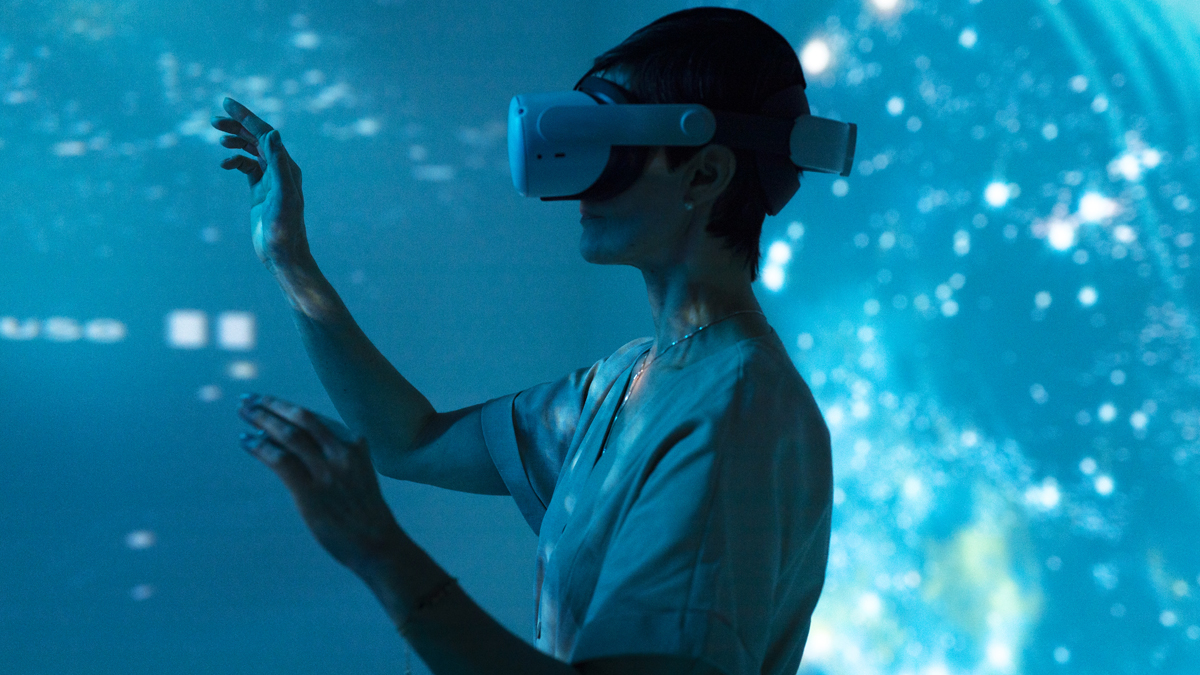What is Augmented Reality?
Augmented Reality (AR) is a technology that overlays digital content like images, sounds, or interactive graphics onto the real world. Unlike Virtual Reality (VR), which fully immerses you in a computer-generated environment, AR blends digital elements with your physical surroundings in real time. In music, AR can enrich everything from live performances to practice sessions by adding visual layers or interactive features that respond to sound and movement.
| Table of Contents | |
|---|---|
| I. | What is Augmented Reality? |
| II. | How AR Works in Music? |
| III. | How Augmented Reality Works Generally? |
| IV. | Applications of Augmented Reality |
How AR Works in Music?
- Audio-Triggered Visuals: AR systems can analyze live or recorded audio to drive visuals. For example, software can detect beats, rhythms, or specific notes and then trigger synced animations like pulsating lights around a performer or wave-like patterns that flow across the stage.
- Instrument and Gesture Tracking: By using computer vision, AR apps can recognize the shape and movement of instruments (guitars, keyboards, DJ turntables) or your hands. This lets you play virtual instruments projected on any surface or control on-screen effects with simple gestures, such as strumming an air guitar to produce sound.
- Marker-Based Music Experiences: Scanning album art, concert tickets, or merchandise with an AR app can unlock hidden content: exclusive tracks, 3D models of instruments, or interactive tutorials. These markers act as portals, letting fans dive deeper into an artist’s world simply by pointing their device at printed materials.
- Location-Based Music Tours: Some AR experiences are tied to GPS. Walking into a concert venue district might automatically start a band’s AR music video overlay on your phone, or roaming a city street could reveal virtual street performances and pop-up concerts that you can watch through your device.
How AR Works Generally?
- Sensing and Tracking: Devices such as smartphones, tablets, or AR glasses use cameras, GPS, accelerometers, and gyroscopes to understand your position and what you are looking at. Some AR apps recognize special markers (for example, album covers or posters), while others detect flat surfaces or track your location to anchor digital elements in place.
- Rendering and Overlay: Once the system knows where to place content, it renders 2D or 3D graphics that align with the real-world view from your device’s camera. These graphics can be anything from floating text and animated characters to virtual instruments.
- Interaction and Feedback: Advanced AR setups let you interact with digital elements using touch, gestures, or voice commands. This two-way interaction where your actions change the digital content and the AR system responds, provides a dynamic, engaging experience.
Applications of Augmented Reality
Live Concert Enhancements: Fans using AR-enabled apps or glasses can see 3D effects around performers floating lyrics, virtual dancers, or dynamic light shows that respond to the music in real time.
Interactive Album Art and Merchandise: Scanning a poster or T-shirt can reveal behind-the-scenes videos, mini-games, or exclusive audio clips. This deepens fan engagement and adds value to physical merchandise.
Music Education and Practice: AR practice apps can project note names, chord diagrams, and play-along tutorials onto real instruments. Beginners receive visual guidance on finger placement and timing, making learning more interactive and fun.
Fan Engagement Campaigns: Artists and labels use AR for creative marketing virtual scavenger hunts in cities, social-media filters that let fans “wear” stage costumes, or geolocation triggers that play song previews when fans enter specific spots. These experiences build excitement and broaden reach.

